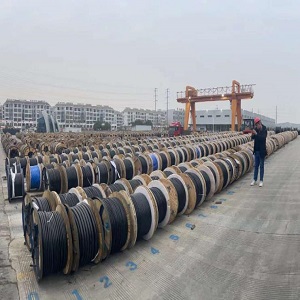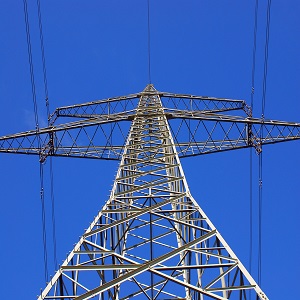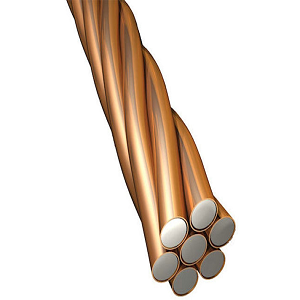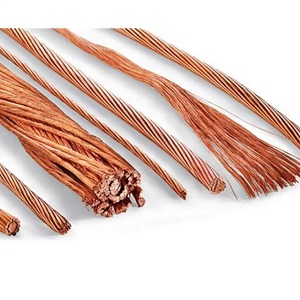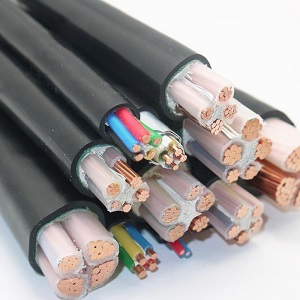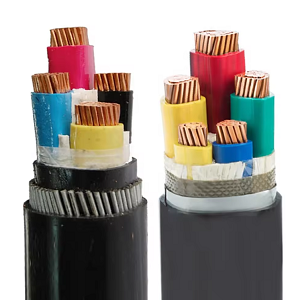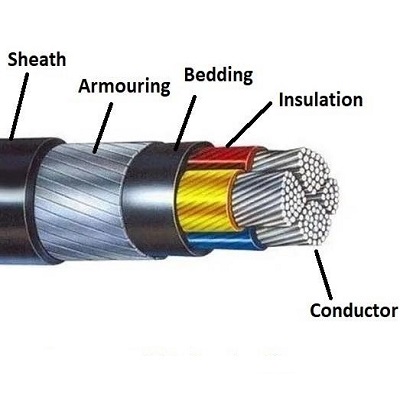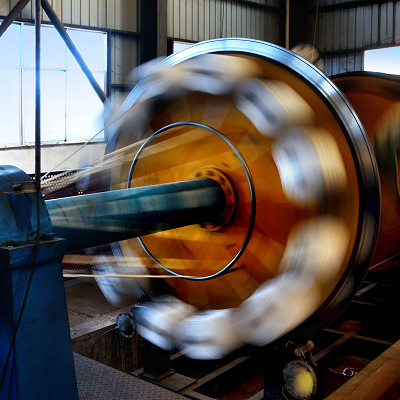Which is better between single-core cable and multi-core cable?
2024-04-07 11:44:09
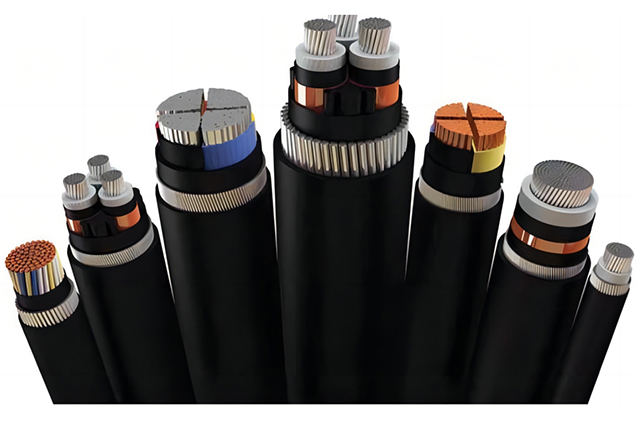
Cable plays an important role in modern social life, and its application range is very wide, involving various fields such as power, communication, construction, industry, and transportation. According to the number of conductors, the cable can be divided into single-core cables and multi-core cables. This article will introduce the advantage and disadvantage of single-core and multi-core cables in detail.
Basic Concepts of Cables
A cable is a device consisting of two or more wires, usually consisting of a metallic conductor, insulating material, and cable sheath. Cables can be divided into two types: single-core cables and multi-core cables. Single core cables have only one metal conductor and are often used for high voltage power transmission. Multi-core cables have at least two (or more) conductors and are usually used in low voltage control or communication systems.
Single Core Cable
The single-core cable is a type of cable with only one conductor. Its main characteristics are high insulation performance, strong voltage resistance, suitable for the transmission of high voltage and large current. Because single-core cables have only one conductor, they generate much less electromagnetic interference than multi-core cables, which is important for applications that require higher accuracy. In addition, the single-core cable has a small outside diameter, good anti-corrosion performance, and is suitable for installation in a narrow space.
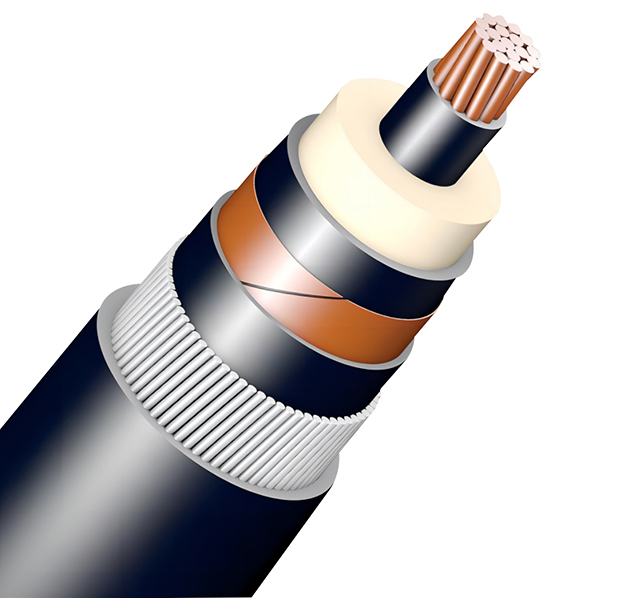
Advantages and disadvantages of single-core cables
Single-core cable, a cable with only one wire, usually transmits only one signal.
Advantages:
1. Low cost: single-core cable costs less, which can help users reduce costs.
2. Easy to install: only a single wire, wiring is simple and convenient.
Disadvantages:
1. Single signal transmission: single core cable can transmit a single type of signal, can not meet the needs of a variety of signal transmission.
2. Not flexible enough: single-core cable can not be designed for redundancy, once a failure occurs, it will lead to system paralysis.
3. Inefficient for physical space: If multiple signal transmissions need to be realized, the number of wires needs to be increased, thus occupying more physical space.

Multi-core cables
Multi-core cables, as the name suggests, are cables with multiple wires, each of which can individually transmit different kinds of signals to each other, including power signals, digital signals, analog signals, and so on. Therefore, multi-core cables are widely used in industrial automation, robot control, data centers and other occasions, which can meet a variety of signal transmission needs.
Advantages and disadvantages of multi-core cables
Advantages:
1. High reliability: The multi-wire design of multi-core cable can realize redundant signal transmission, i.e. when some lines fail, the system can keep normal operation through other lines.
2. Adaptability: Multi-core cables are able to meet the needs of different kinds of signal transmission, so they are widely applicable in different application scenarios.
3. Space-saving: Compared with single-core cables, multi-core cables can utilize the same physical space to realize multiple signal transmissions, thus saving space resources.
Disadvantages:
1. High wiring cost: Multi-core cables require complex wiring methods, which increases wiring cost and maintenance cost.
2. Difficulty in repair and maintenance: Interaction between different lines in multi-core cables may lead to difficulties in repair and maintenance.
3. High cost: The cost of multi-core cables is high as compared to single core cables.
Conclusion
There are certain differences between single-core cables and multi-core cables in terms of the number of conductors, range of applications, and anti-interference capabilities. When selecting cable materials, it is necessary to select appropriate cable materials according to specific application requirements to ensure that the selected cable materials have better performance and durability. In addition, we also need to pay attention to the installation and use conditions of the cable to prolong the service life of the cable.

